The Office of National Drug Control Policy (ONDCP) has issued its 2020 National Drug Control Strategy (Strategy) and accompanying National Treatment Plan (NTP) that includes action items for federal agencies and external stakeholders to increase access to care and close the addiction treatment gap.
The Strategy is presented using the domains of prevention, treatment and recovery, and supply-side strategies for reducing the availability and consumption of illicit drugs. These domains are established as ‘pillars’ that undergird the federal initiatives of expanding the early intervention, treatment and recovery infrastructure; improving the delivery system; and improving quality.
Specifically, the NTP calls for treatment expansion and improved quality by:
- Developing protocols for medically managed withdrawal including MAT to prevent relapse and promote stabilization;
- Increasing emergency department use of addiction medicine specialty services;
- Exploring the inclusion of stimulant disorder treatment in opioid treatment programs;
- Increasing access to all medication and psychosocial services, promoting syringe exchange, interim methadone, mobile methadone vans, and peer outreach. One objective of the federal Performance and Reporting System is to make sure 100% of all specialty providers offer MAT by 2020;
- Adopting model state specialty SUD treatment licensing laws;
- Developing mobile and online platforms with updated information on treatment slot availability with online appointment capacity;
- Encouraging public and private payers to cover comprehensive services and improve reimbursement rates where out-of-network rates are higher;
- Urging providers to subsidize and provide treatment scholarships; and
- Exploring the idea of developing national consensus standards for addiction treatment to consolidate treatment quality standards.
If you have questions about the Strategy or NTP, please contact Sarah Wattenberg, NABH’s
director of quality and addiction services.

